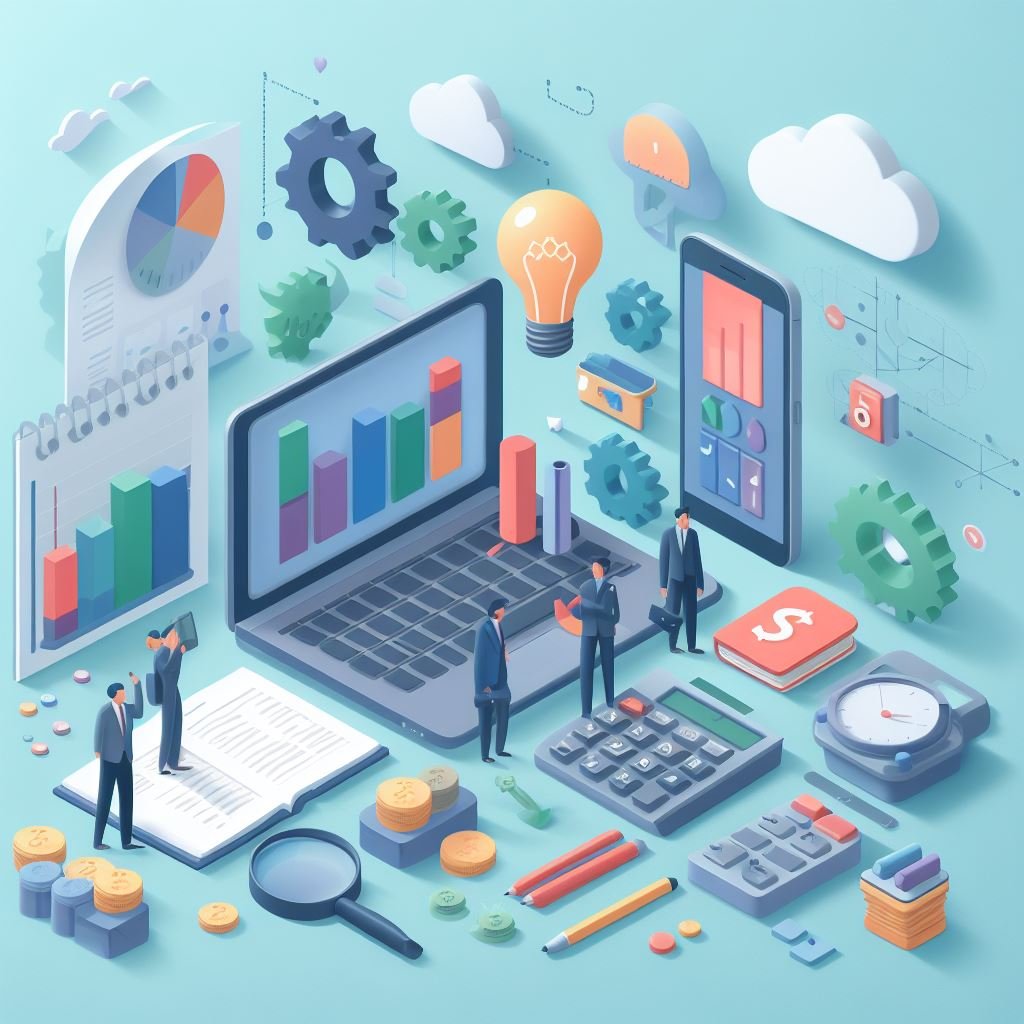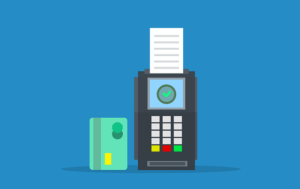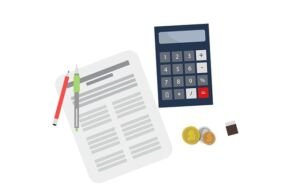What is the Difference Between Manual vs. Practical Accounting

Certainly, let’s delve deeper into the differences between manual accounting and practical accounting.
Manual Accounting:
Pen and Paper Tradition:
Manual accounting has a rich history. It follows the traditional method of recording financial transactions using physical ledgers, journals, and writing instruments. This tactile approach involves physically writing down every financial event, from sales to expenses.
Table of Contents

Labor-Intensive Process:
This method is labor-intensive and requires meticulous attention to detail. Accountants or bookkeepers must invest time and effort in each entry, ensuring that all transactions are accurately recorded. This manual effort can be particularly time-consuming, especially when handling a large volume of transactions.

Accuracy Challenges:
Manual accounting is susceptible to human errors. Simple typos or miscalculations can occur when transferring numbers or making calculations. These inaccuracies can lead to discrepancies in financial records, potentially affecting the overall financial health of a business.
Limited Scalability:
Manual accounting is best suited for small businesses with straightforward financial structures. As a company grows or its financial activities become more complex, the manual process can quickly become overwhelming and impractical.

Practical Accounting:
Embracing Technology:
Practical accounting, also known as computerized or digital accounting, takes advantage of technology. It involves the use of accounting software and digital platforms to streamline the process of recording, managing, and analyzing financial data.

Efficiency Gains:
One of the key advantages of practical accounting is its efficiency. Accounting software automates many tasks, such as calculations, data entry, and reconciliation. This automation reduces the time required for data management and processing.
Accuracy Improvement:
With the assistance of accounting software, the accuracy of financial records is significantly improved. The software performs calculations with precision, minimizing the risk of errors. Additionally, digital tools ensure that data remains consistent and free from discrepancies.

Scalability:
Practical accounting is highly versatile and adaptable. It’s well-suited for businesses of all sizes, from small startups to large corporations. The digital tools can efficiently handle complex financial transactions, manage extensive data volumes, and accommodate the growth and changing needs of a business.

In summary, while manual accounting maintains its historical significance and may be suitable for smaller businesses with simple financial structures, practical accounting is gaining prominence due to its efficiency, accuracy, and scalability. Businesses and accounting professionals are increasingly turning to digital tools and software to streamline their accounting processes, reduce errors, and facilitate data management in today’s fast-paced and data-rich financial landscape. The choice between manual and practical accounting often depends on the specific requirements and complexity of the financial operations involved.



